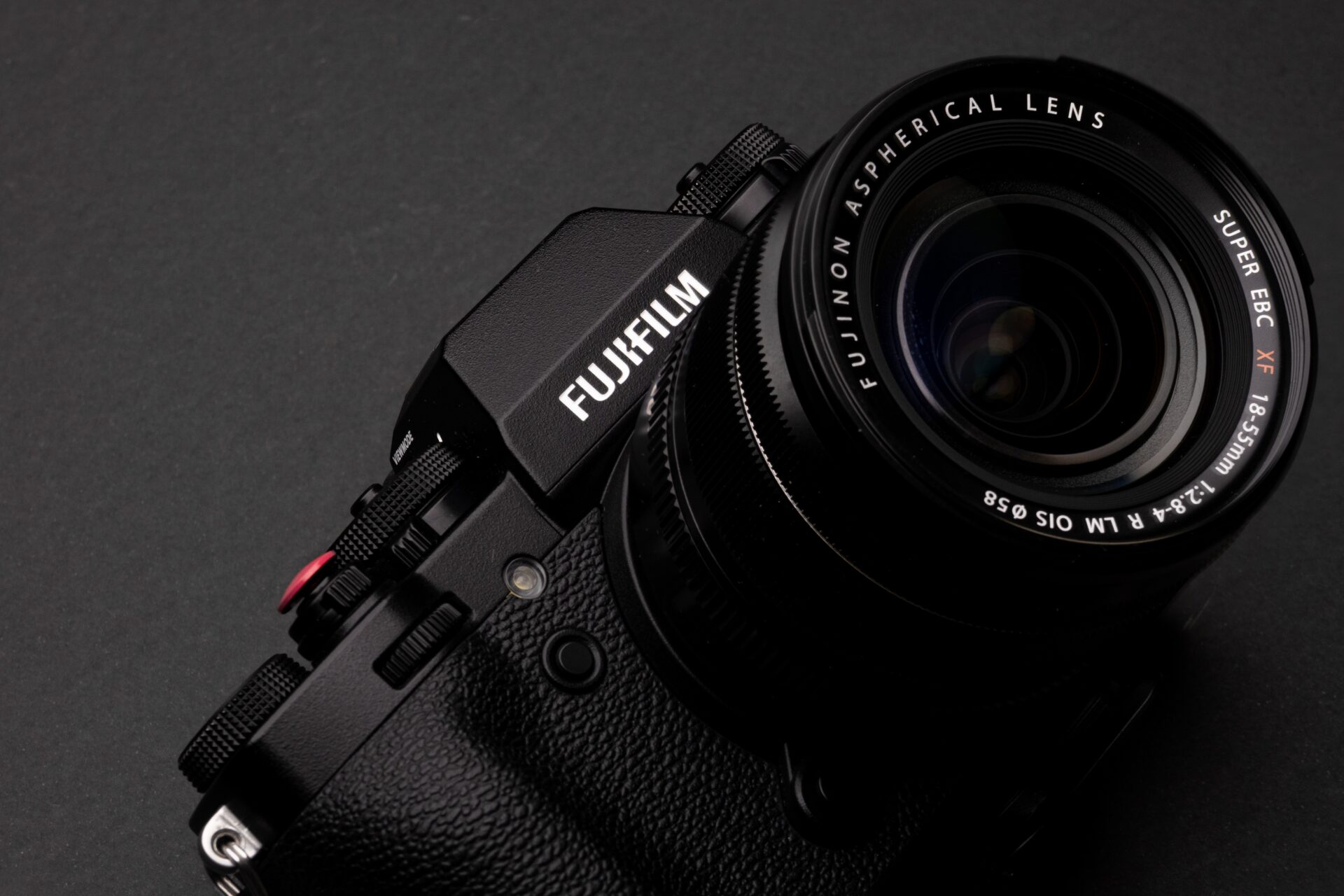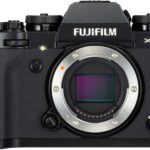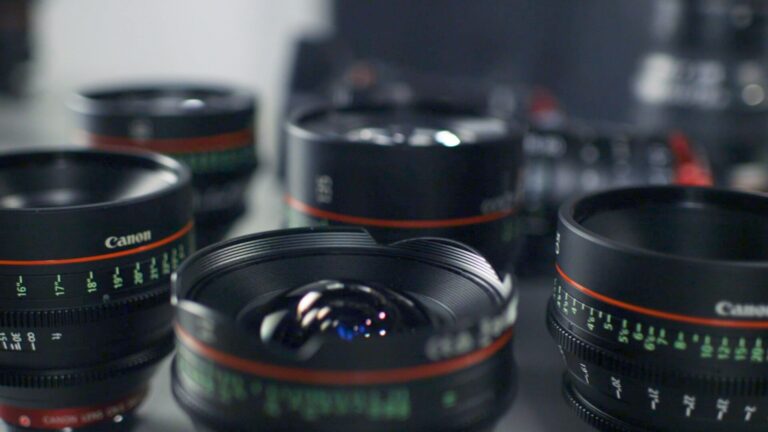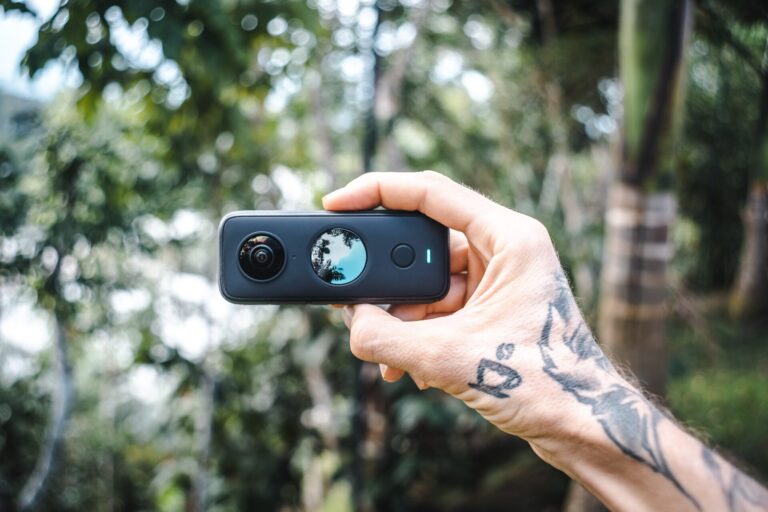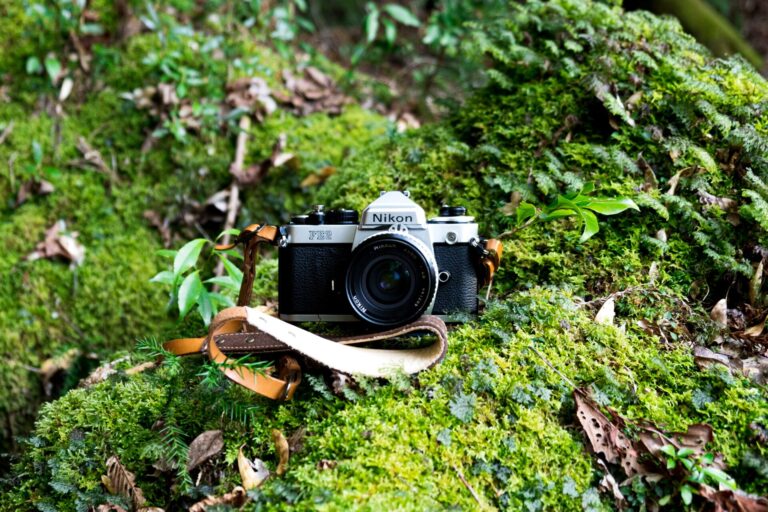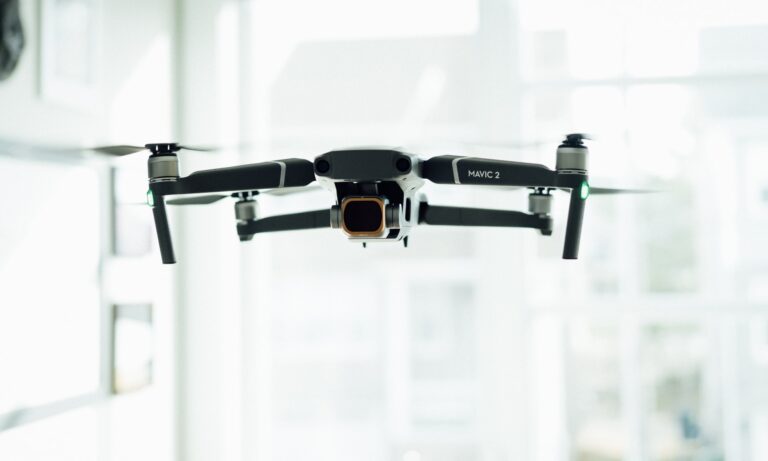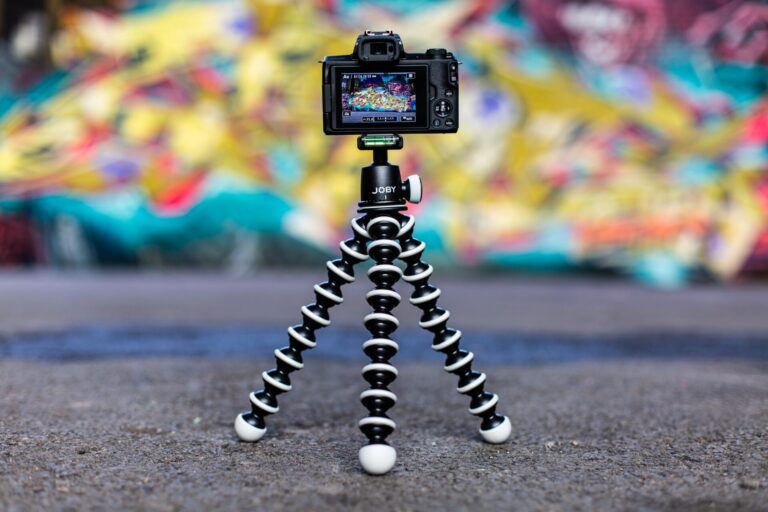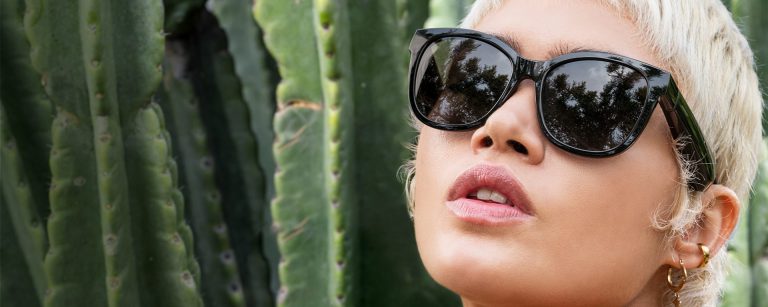Fujifilm X-T3 2024 Review: A Look at its Features and Performance
If you’re looking for a high-quality mirrorless camera in 2024, the Fujifilm X-T3 is definitely worth considering. This camera has been on the market for a few years now, but it still holds up as a solid option for photographers and videographers alike.
In this review, we’ll explore the unique features of the Fujifilm X-T3, including its advanced autofocus system, film simulation modes, and high-speed continuous shooting capabilities.
We’ll also dive into its video capabilities, comparing it to other popular cameras on the market. And, for those who love to travel, we’ll highlight how the Fujifilm X-T3 can be a great camera to take on the road.
So, let’s look at the Fujifilm X-T3 and see if it’s the right camera for you.
Page Contents
Unique Features of the Fujifilm X-T3
The Fujifilm X-T3 is a powerful and versatile camera that offers a range of unique features that set it apart from other cameras on the market.
One of the standout features of the X-T3 is its 26.1MP X-Trans CMOS 4 sensor. This sensor uses Fujifilm’s unique color filter array to produce exceptional image quality and color reproduction, even in low light. The X-Trans design eliminates the need for an optical low-pass filter, which can often soften images, resulting in sharper and more detailed images.
In addition to its impressive sensor, the X-T3 features a fast autofocus system with 425 phase detection autofocus points that cover nearly the entire frame. This hybrid autofocus system allows quick and accurate focusing in still and video modes. The X-T3 also features advanced face and eye detection, making capturing sharp portraits and candid shots easy.
The X-T3’s 4K video capabilities are a major selling point for videographers and content creators. The camera can shoot 4K video at up to 60fps, making it ideal for capturing high-quality footage for YouTube, social media, and other video platforms. The X-T3 also features advanced video options, including F-Log recording, which captures footage with a flat color profile that can be graded in post-production for greater creative control.
For action and sports photographers, the X-T3 offers high-speed continuous shooting, up to 11 frames per second with the mechanical shutter or 30 frames per second with the electronic shutter. This makes it easy to capture fast-moving subjects with precision and accuracy.
Finally, the X-T3 features Fujifilm’s renowned film simulation modes, which mimic the look of classic film stocks. The camera includes 16 film simulation modes, including the new ETERNA mode, designed for video recording and producing a cinematic look with muted colors and rich shadow tones. These film simulation modes allow photographers to experiment with different styles and looks without extensive post-processing.
Fujifilm X-T3 Video
The Fujifilm X-T3 is a powerful and versatile camera that is equally adept at capturing stunning photos and high-quality video footage. In fact, the X-T3 is widely regarded as one of the best mirrorless cameras for video, thanks to its advanced video functions and high-resolution sensor.
One of the standout features of the X-T3’s video capabilities is its ability to shoot 4K video at up to 60fps. This high frame rate allows for smooth, detailed footage that is ideal for various applications, from sports and action to cinematic filmmaking. The camera also features advanced video options, including F-Log recording, which captures footage with a flat color profile that can be graded in post-production for greater creative control.
The X-T3 also features advanced autofocus capabilities that make capturing sharp and detailed video footage easy. Its hybrid autofocus system uses 425 phase detection autofocus points that cover nearly the entire frame, making it easy to keep moving subjects in focus. The camera also features advanced face and eye detection, making capturing sharp and engaging portraits and candid shots easy.
Another key feature of the X-T3’s video functions is its ability to output 10-bit 4:2:2 footage via HDMI. This allows for even greater color depth and flexibility in post-production, making it a great choice for professional videographers and content creators. The camera also features a built-in microphone and headphone jack, allowing greater control over audio recording and monitoring.
Finally, the X-T3 features a range of creative video modes, including slow motion, time-lapse, and high-speed video. These modes allow photographers and videographers to experiment with different techniques and styles and can add an extra level of visual interest to their work.


Fujifilm X-T3 VS Sony A6600
The Fujifilm X-T3 and Sony A6600 are both popular choices for content creators who want a high-quality mirrorless camera. While both cameras share some similarities, there are also some key differences that may influence your buying decision.
One of the main differences between the two cameras is their autofocus systems. The X-T3 features a hybrid autofocus system with 425 phase detection autofocus points, while the A6600 features a 425-point phase-detection autofocus system with real-time Eye AF tracking. While both systems are fast and accurate, the A6600’s Eye AF is particularly useful for portrait photographers who want to ensure that their subject’s eyes are always in focus.
Another difference between the two cameras is their design and build quality. The X-T3 features a retro-inspired design that is both stylish and functional, with a robust, weather-sealed body that feels solid and well-built. The A6600, on the other hand, has a more modern design and is also weather-sealed, but some users may find that it feels a bit less premium than the X-T3.
The X-T3 and A6600 offer excellent image quality, but they do so in slightly different ways. The X-T3 features a 26.1MP X-Trans CMOS 4 sensor known for its exceptional color reproduction and low-light performance. The A6600, on the other hand, features a 24.2MP APS-C sensor with Sony’s BIONZ X image processing engine, which delivers excellent detail and dynamic range.
Fujifilm X-T3 VS Nikon Z6
The Fujifilm X-T3 and Nikon Z6 are excellent mirrorless cameras well-suited for content creators. While both cameras offer exceptional image quality and advanced features, some key differences may influence your buying decision.
One of the main differences between the two cameras is their autofocus systems: The X-T3 features a hybrid autofocus system with 425 phase detection autofocus points, while the Z6 features a hybrid autofocus system with 273 on-sensor autofocus points. While both systems are fast and accurate, the X-T3’s system may be slightly more versatile thanks to its higher number of autofocus points.
Another key difference between the two cameras is their sensor size: The X-T3 features an APS-C sized sensor, while the Z6 features a full-frame sensor. While both sensors offer excellent image quality, a full-frame sensor generally allows for better low-light performance and shallower depth-of-field effects. However, a full-frame camera may be more expensive and require larger and heavier lenses.
Fujifilm X-T3 VS Panasonic Lumix GH5
The Fujifilm X-T3 and Panasonic Lumix GH5 are both highly regarded mirrorless cameras that are popular choices for content creators and videographers. While they share some similarities, there are also some key differences that may impact your decision when choosing between the two.
One of the main differences between the two cameras is their sensor technology; The X-T3 features a 26.1MP X-Trans CMOS 4 sensor, while the GH5 features a 20.3MP Micro Four Thirds sensor. While both sensors can produce high-quality images and video, the X-Trans sensor is known for its exceptional color reproduction and low-light performance, while the GH5’s sensor is known for its fast readout speeds and superior video capabilities.
In terms of video features, the GH5 has long been considered one of the best cameras for video, thanks to its advanced features such as 4K video at up to 60fps, 10-bit 4:2:2 internal recording, and unlimited recording time. The X-T3, on the other hand, is no slouch when it comes to video, offering 4K video at up to 60fps, F-Log recording, and 10-bit 4:2:2 output via HDMI. However, some videographers may prefer the GH5’s more extensive video features and settings.
Another key difference between the two cameras is their autofocus systems; The X-T3 features a hybrid autofocus system with 425 phase detection autofocus points, while the GH5 features a contrast-detect autofocus system with 225 points. While both systems can produce sharp and detailed images, the X-T3’s hybrid system is generally considered faster and more accurate, especially when tracking moving subjects.
One area where the X-T3 outshines the GH5 is its design and build quality. The X-T3 features a classic, retro-inspired, stylish, and functional design, with a robust, weather-sealed body that feels solid and well-built. The GH5, while still well-designed and well-built, has a more utilitarian look and feel that may not appeal to everyone.
Travel photography with the Fujifilm X-T3
Travel photography with the Fujifilm X-T3 can be an excellent choice for anyone looking to capture stunning images on their next adventure. Whether you’re exploring the streets of a bustling city or hiking through picturesque landscapes, the X-T3 offers a versatile and reliable camera system that can help you achieve your photographic goals.
City Photography
City photography with the Fujifilm X-T3 is a joy thanks to its compact size, fast autofocus system, and excellent image quality. The camera’s retro-inspired design makes it a stylish companion on any urban adventure, while its advanced features, such as film simulation modes and high-speed continuous shooting, can help you capture the energy and vibrancy of any cityscape.
Landscape photography
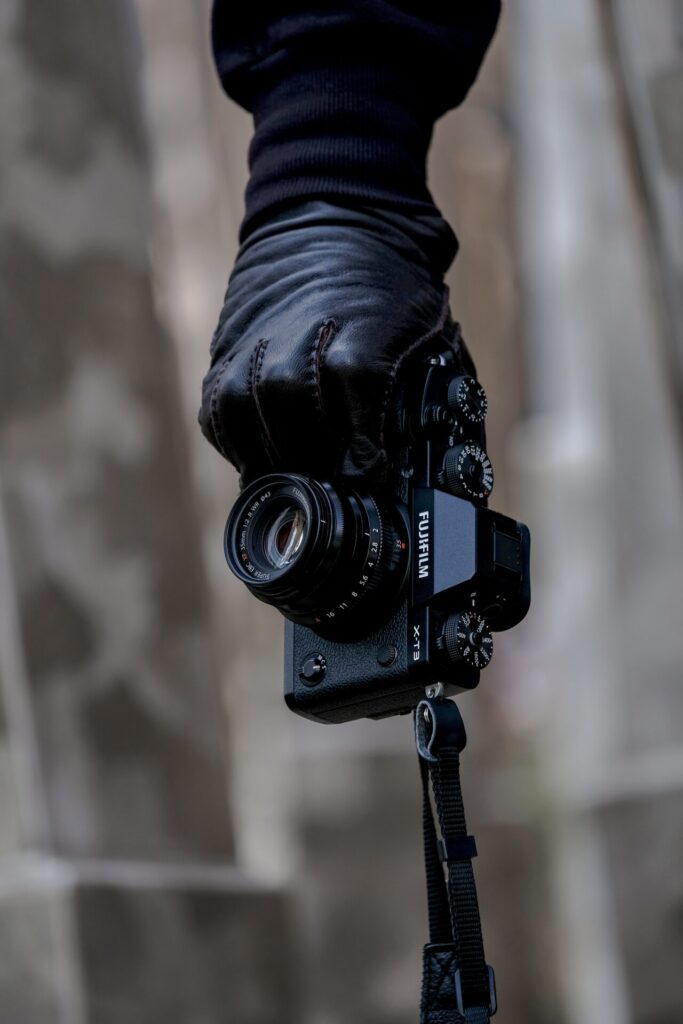
Landscape photography with the Fujifilm X-T3 is equally impressive, thanks to its powerful sensor and wide range of compatible lenses.
The camera’s APS-C sized sensor can capture stunning detail and color in even the most challenging lighting conditions, while its lightweight and compact form factor makes it easy to carry with you on long hikes or travels. When combined with the right lens, such as the Fujifilm XF 10-24mm f/4 R OIS or the Fujifilm XF 16-55mm f/2.8 R LM WR, the X-T3 can help you create breathtaking landscape images that are sure to impress.
Best Fujifilm X-T3 Lenses to travel with
If you’re looking for the perfect lenses to travel with when using the Fujifilm X-T3, be sure to check out our guide Fujifilm X-T3 lenses to travel with. This guide highlights some of the best lenses for various types of travel photography, including landscape, street, and portrait photography.
In Summary
Despite the release of the Fujifilm X-T4, the Fujifilm X-T3 remains a formidable camera even in 2024. Boasting advanced features such as the CMOS 4 sensor, rapid autofocus system, 4K video capabilities, and film simulation modes, the X-T3 is a well-rounded camera system suited for various photography and videography applications.
One of its most noteworthy features is the phase detection autofocus system, which effectively tracks and captures fast-moving subjects, making it a great option for sports, wildlife, action photography, and spontaneous moments. The camera’s 4K video capabilities and high-speed continuous shooting also make it a versatile tool for content creators and videographers.
Additionally, the X-T3 produces outstanding image quality due to its powerful sensor and image-processing engine. Its film simulation modes also offer a unique touch to your images, which reproduce the look and feel of classic film stocks for a timeless and nostalgic aesthetic.
Pros
- Excellent image quality
- Fast and accurate autofocus
- Advanced video capabilities
- Film simulation modes
- High-speed continuous shooting
Cons
- No in-body image stabilization
- Limited battery life
- No headphone jack for monitoring audio during video recording
- No built-in flash
- Limited touchscreen functionality

